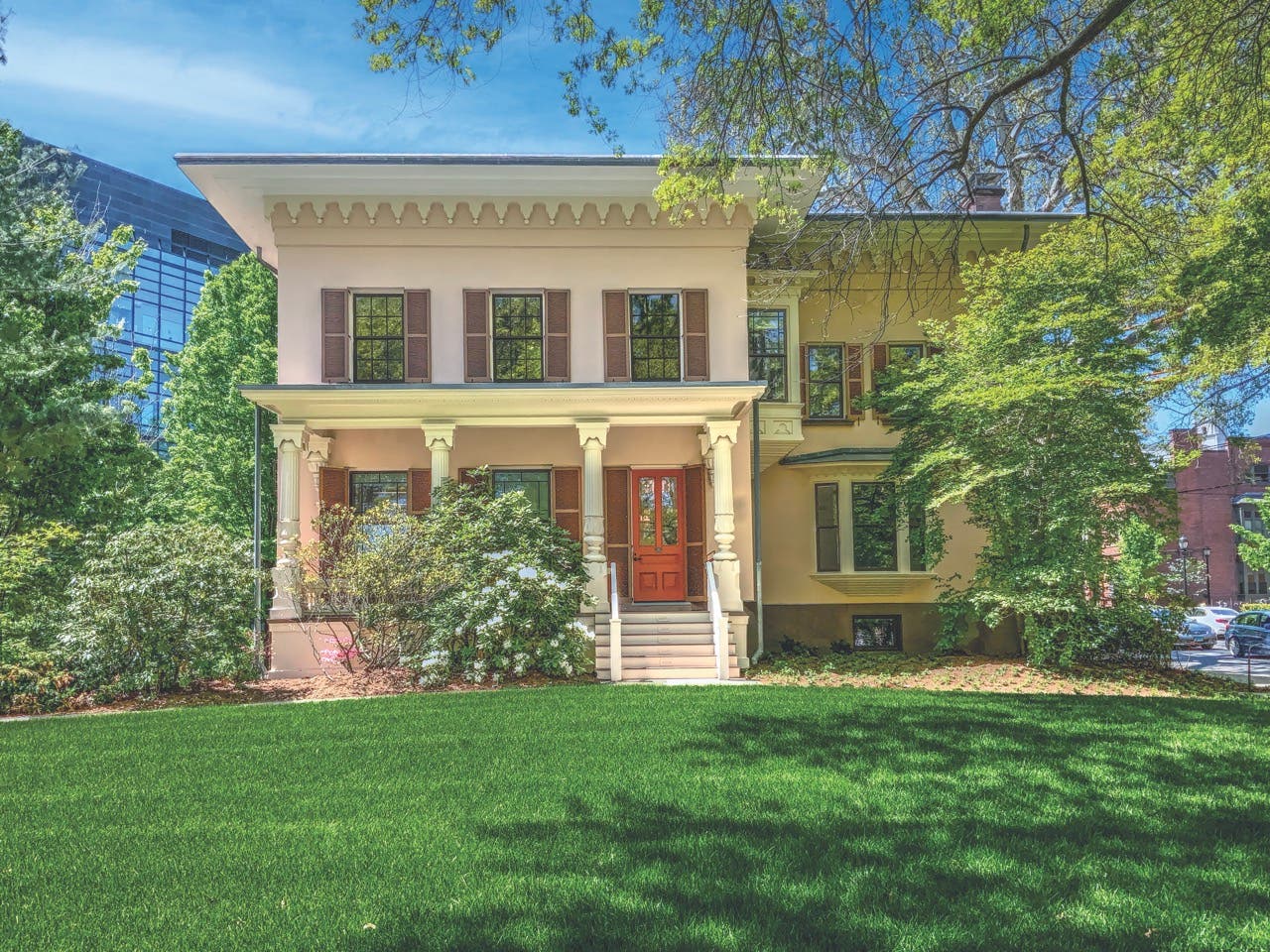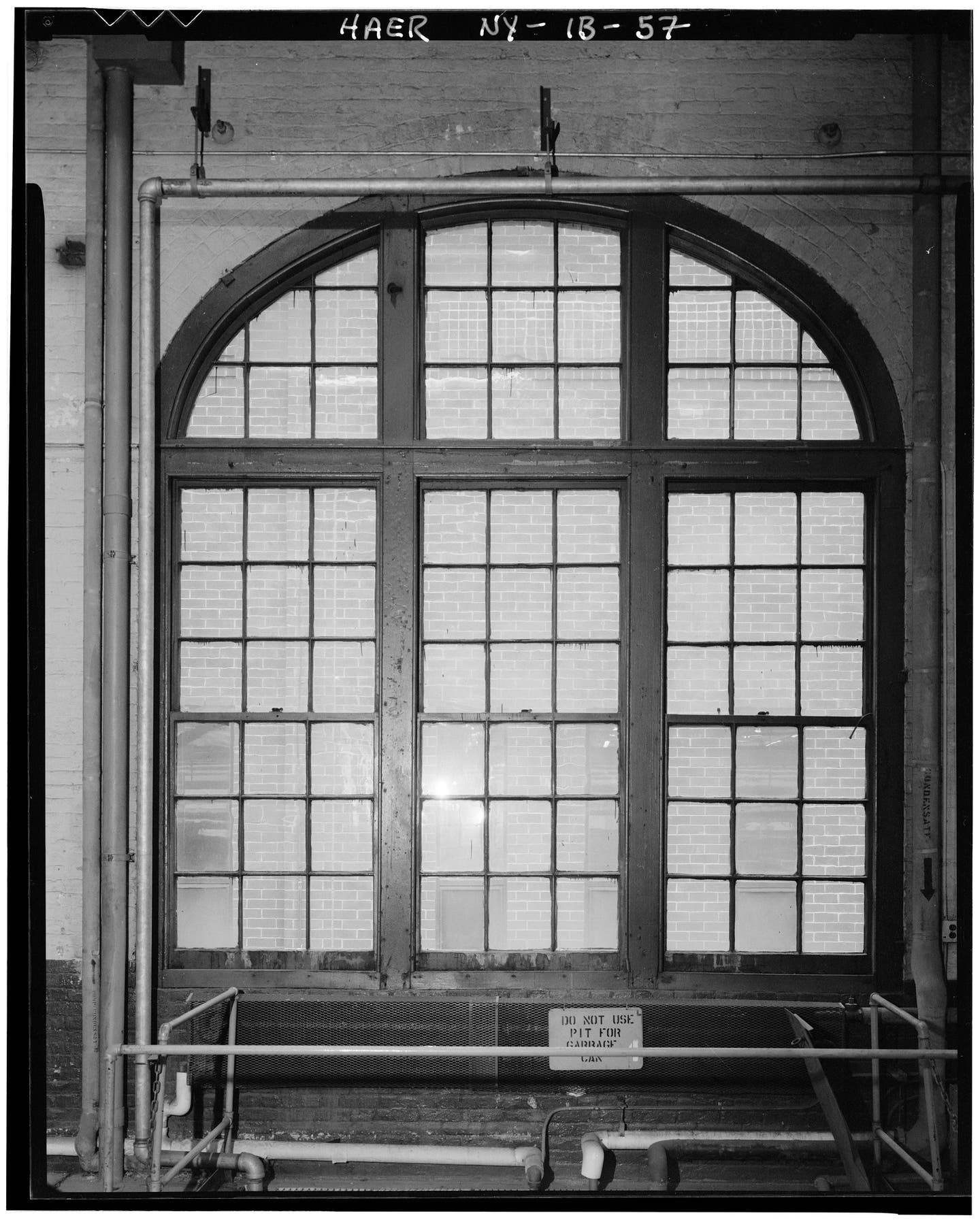
Windows & Doors
What Shall We Do with Our Windows?
While not quite as dire as Hamlet’s lament, the question of whether to repair or replace historic windows is nearly as complex as “To be or not to be?”
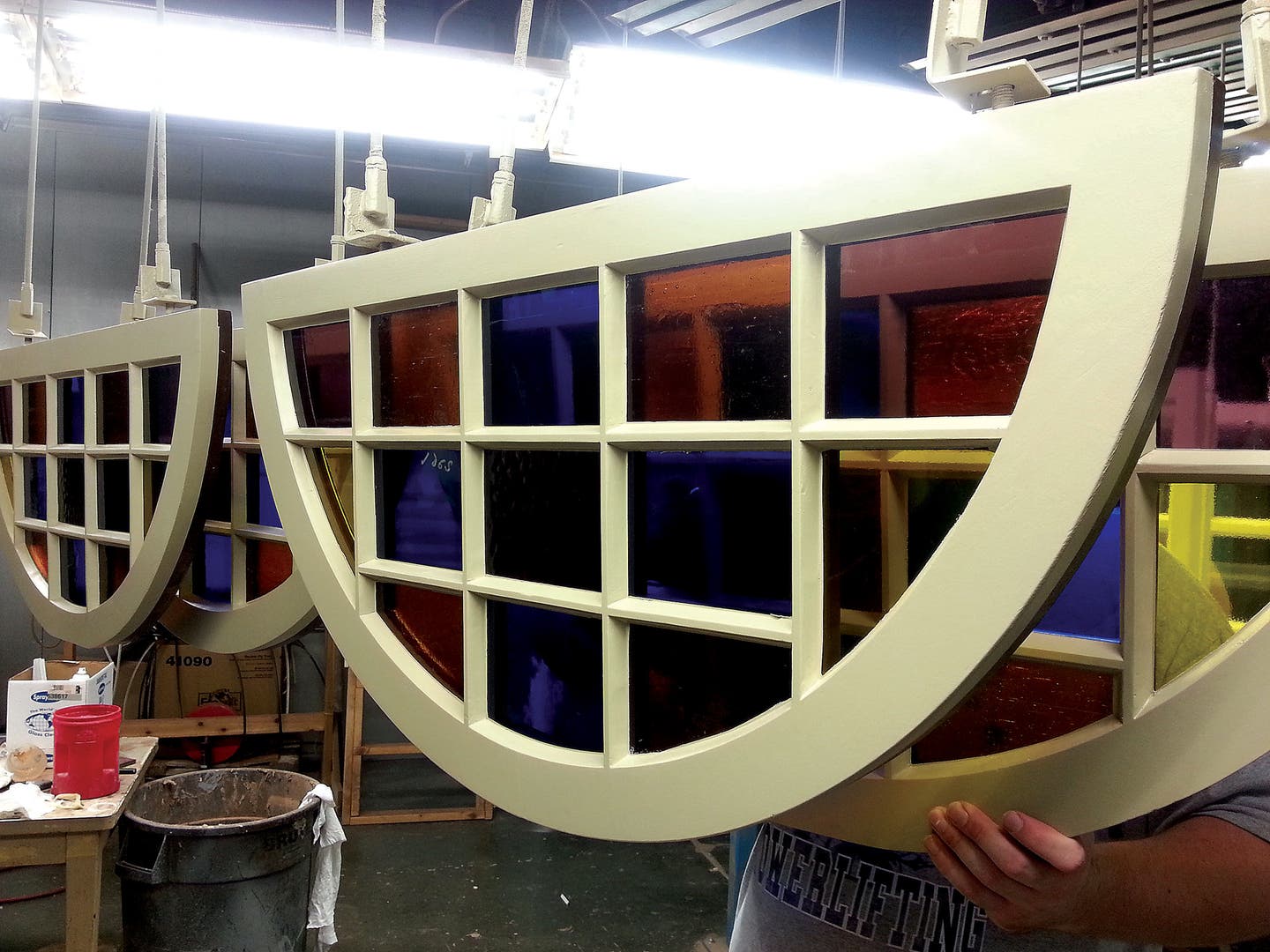
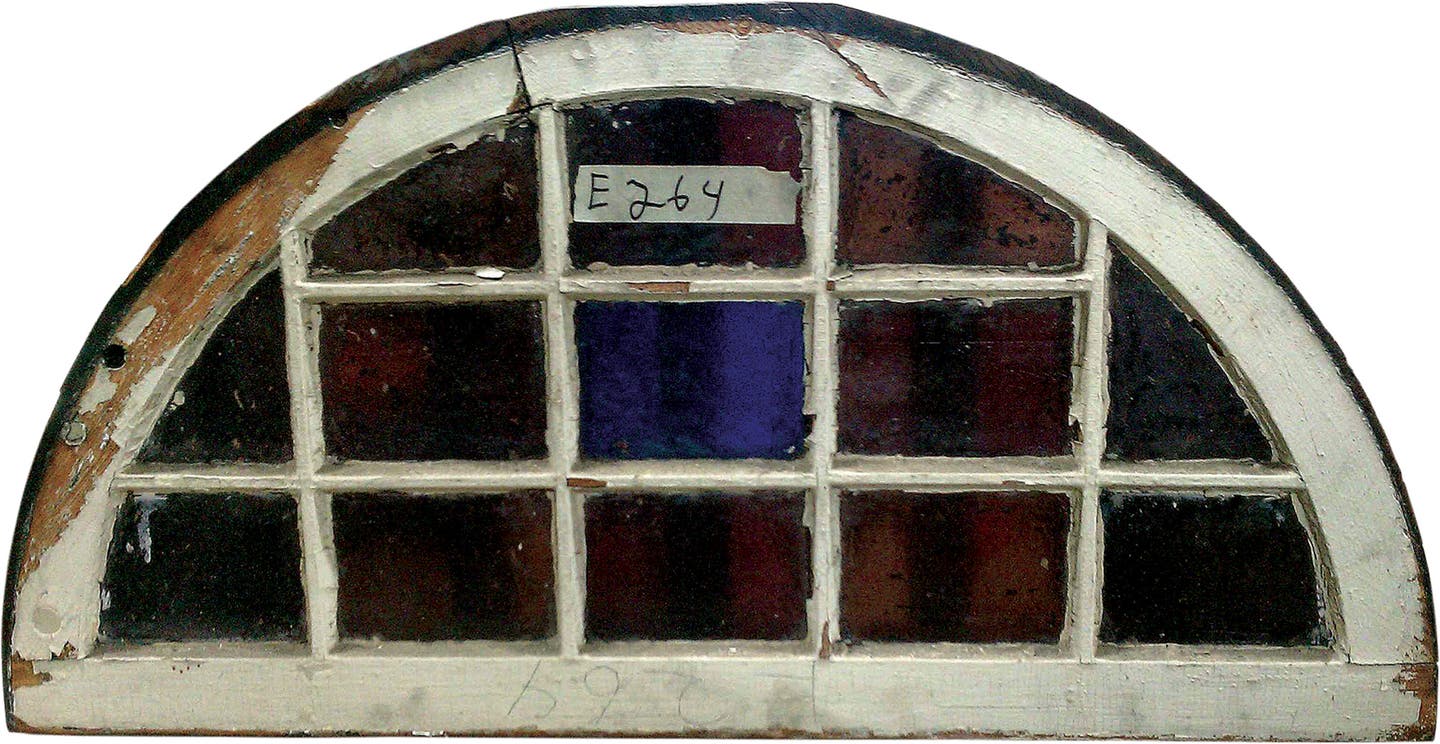
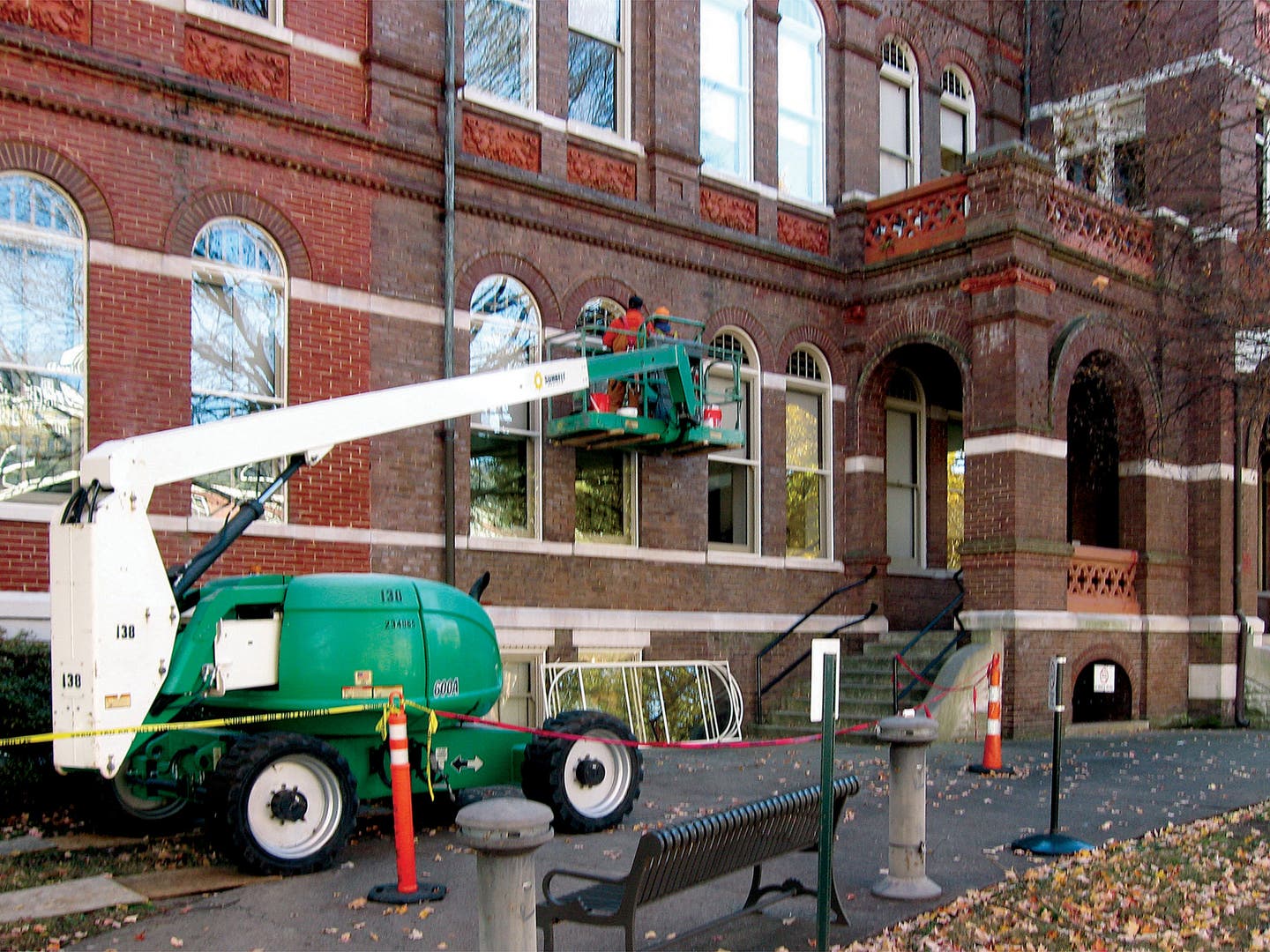
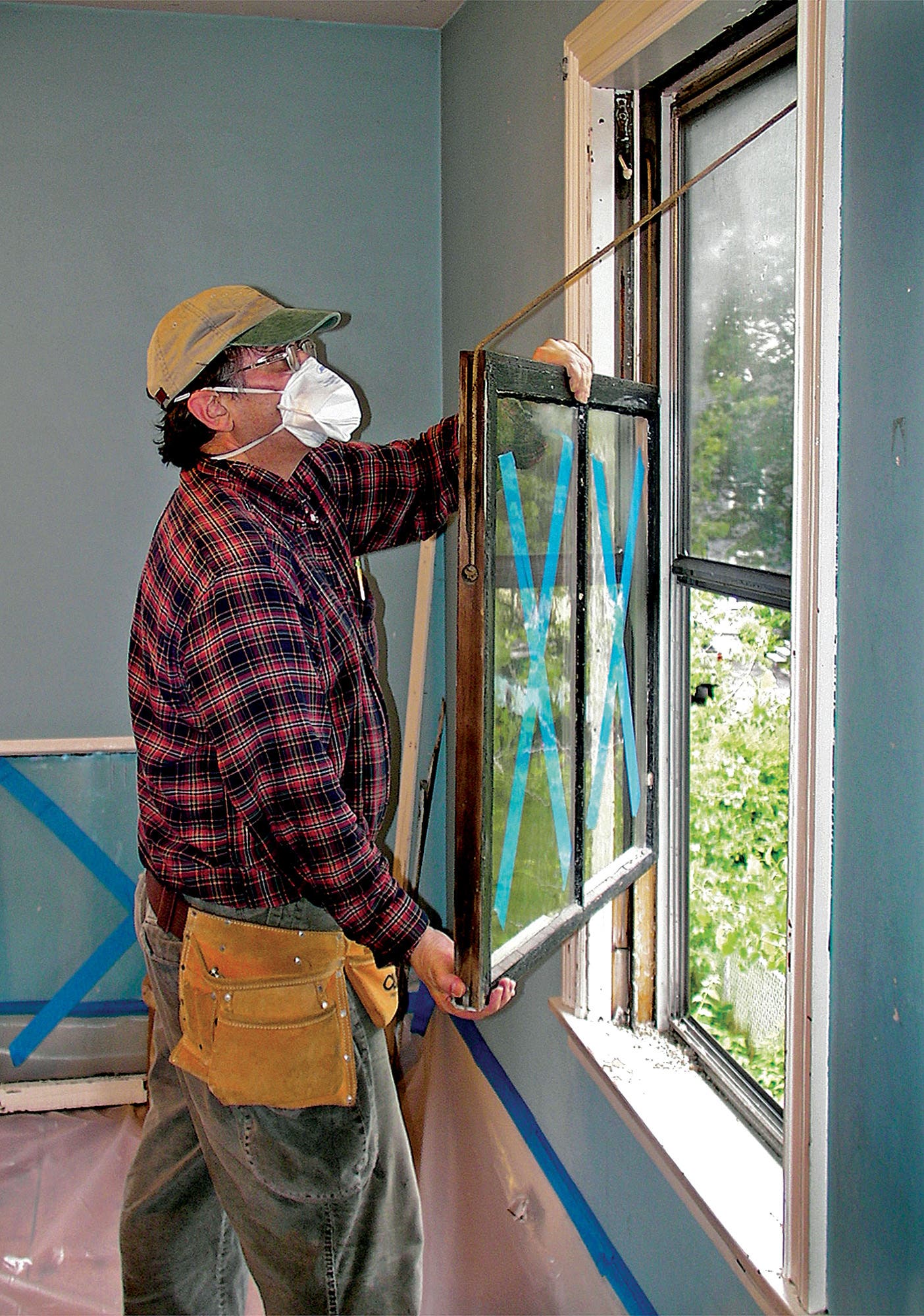
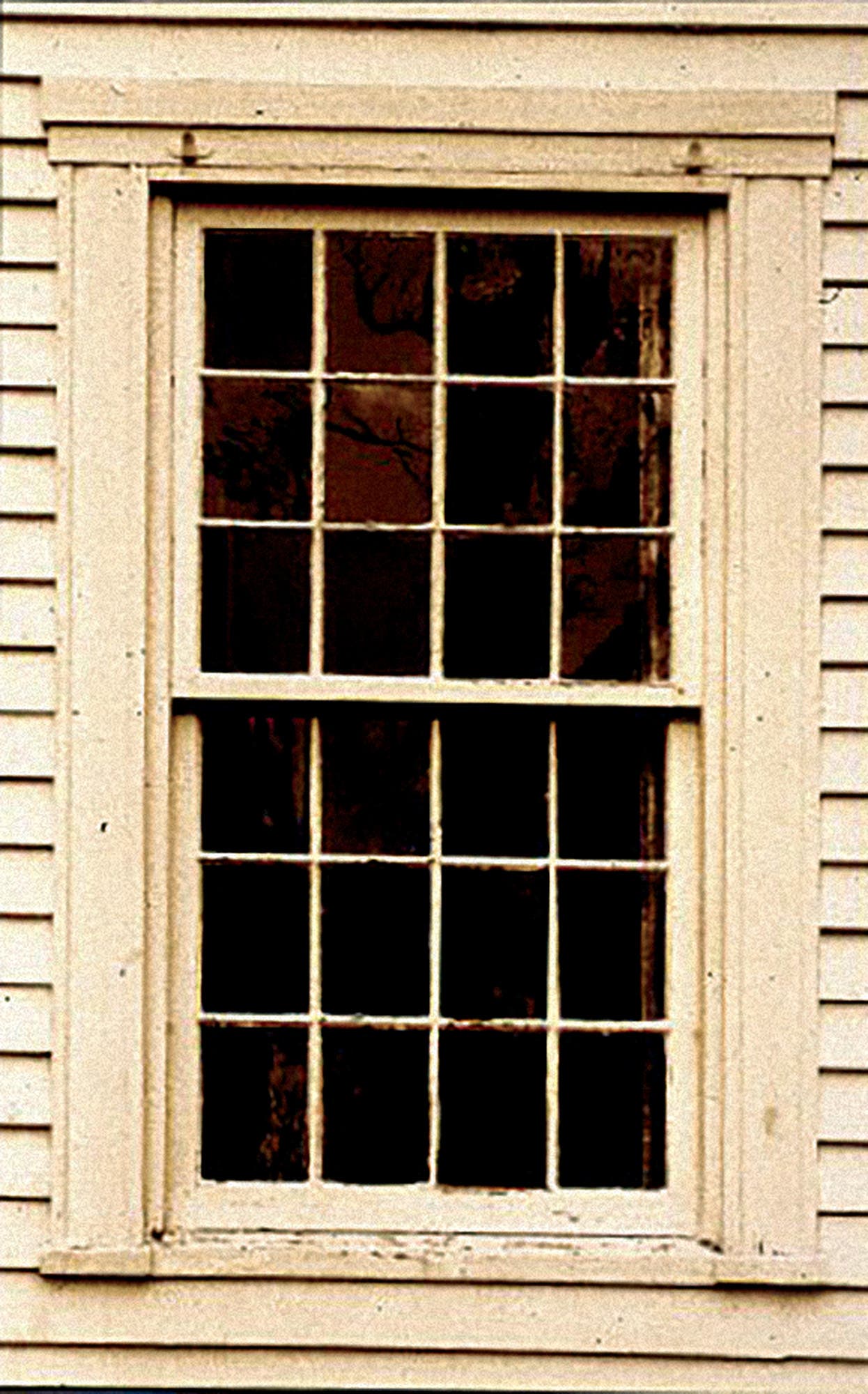
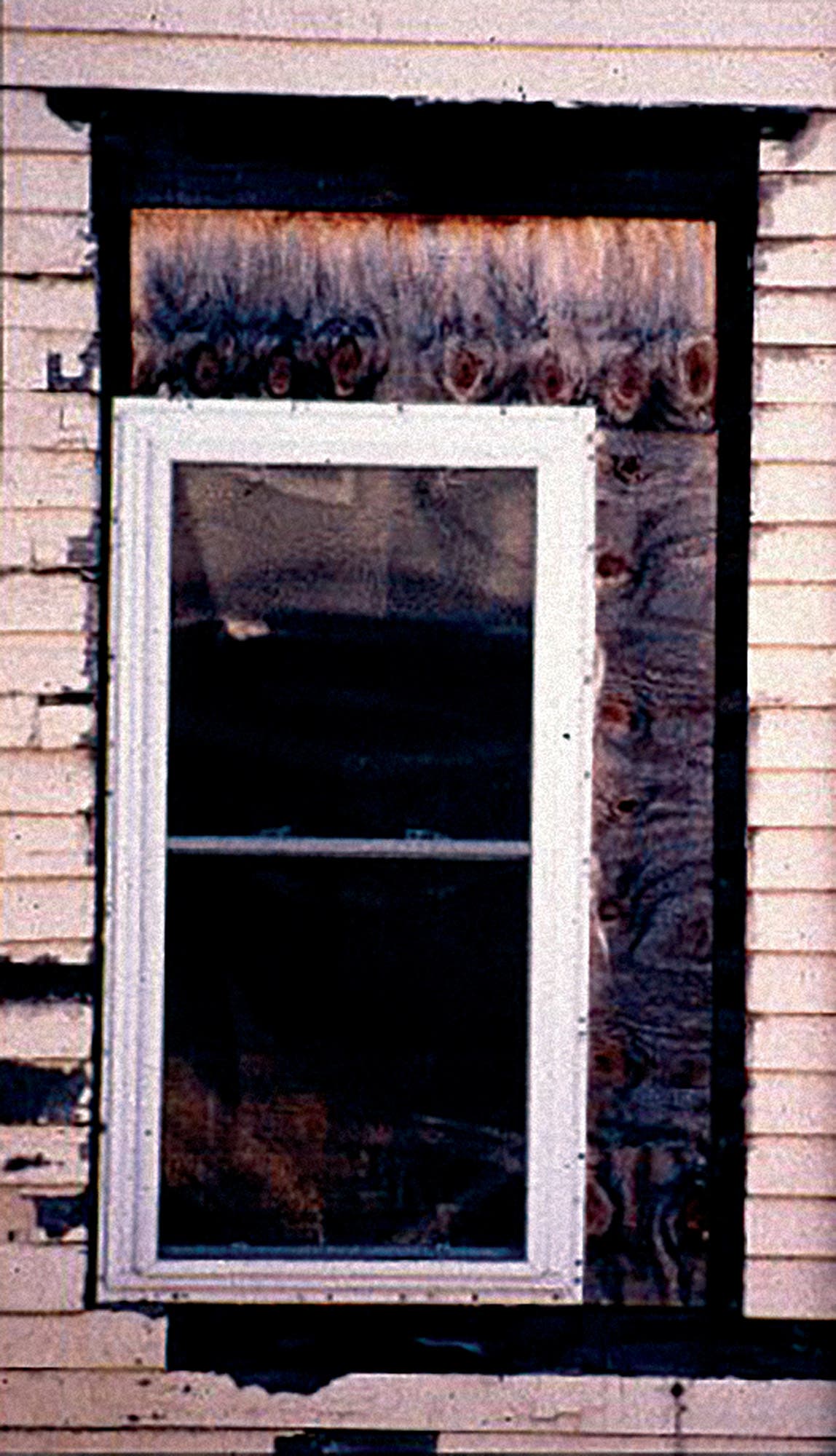
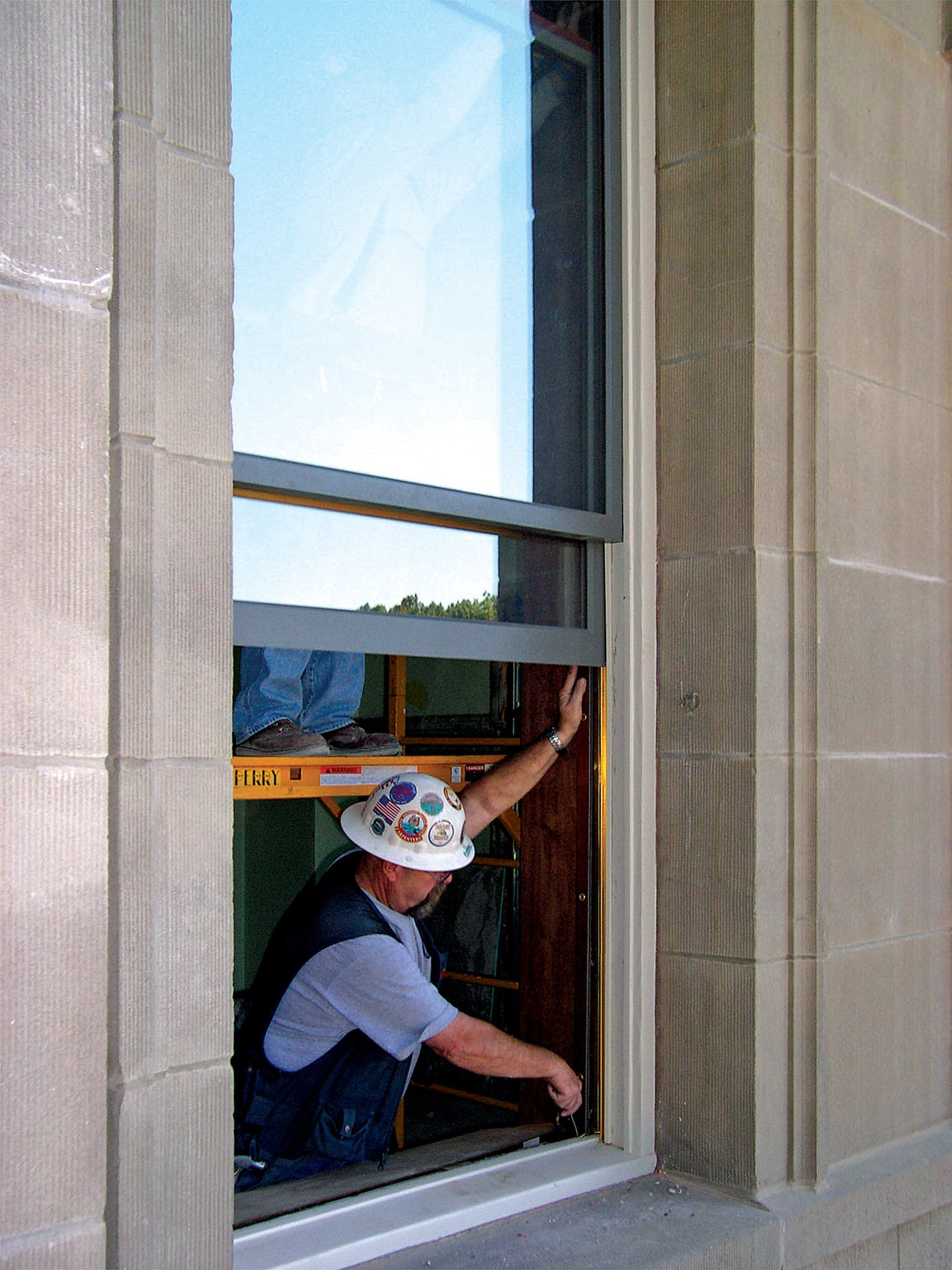

Windows shoulder a hefty responsibility in traditional buildings. Not only do they make important contributions to historic character, increasingly they are at the center of economic and energy debates about building rehabilitation. Put in elementary terms (and the parlance of the Internet era) the discussion is often reduced to the “binary” choice of repair or replace?
No surprise, the answer is not so simple. Not only is every project different, it turns out that the process of choosing the best approach for dealing with old windows looks less like a flow chart of decisions than a spectrum of many options. While it’s impossible to cover every scenario in the space of an article, some insights from experts in the field on just the mechanics of repairs and replacement of wood sash windows offers some perspectives worth considering.
In the view of many historically minded people, the repair/replace spectrum starts at one end with windows that are so significant they are worth retaining at nearly any cost. Windows in this category might be very early, examples of unique craftsmanship or design, or connected to history in a special way, “Say, if George Washington scratched his name in one,” offers John Leeke, preservation consultant in Portland, ME, with only slight exaggeration.
In fact, Brooks Gentleman of Re-View in Kansas City, KS, reports that the Virginia State Capitol was just about such a project. Since the building was designed by Thomas Jefferson, “They wanted a museum-level restoration of the windows, which means you pretty much save everything you possibly can, all the original fabric. You don’t have the liberty to just replace a sash because it’s the cheaper choice.”
John Sandor, Architectural Historian at the National Park Service, reminds us that the Secretary of the Interior’s Standard #6 says, “Deteriorated historic features shall be repaired rather than replaced.” He adds, “It’s a rare project where the windows are not a significant part of the character and historic fabric of the building.” In fact, there are instances where the significance of windows is almost boundless. “In some buildings – especially certain industrial buildings – they’re all windows, almost like greenhouses in terms of their character, so to lose the windows is to lose the building.”
Gentleman makes the practical point that at times existing historic windows do not make sense to replace because their design, construction or materials are so complex. “Some historic windows can even be too large for the manufacturing constraints of conventional replacements,” he says.
However, just because a window is outside the retain-at-any-cost category, does not mean it must cascade quickly to the opposite end of the spectrum. Gentleman finds misconceptions are part of the issue. “When people see an old window that has been painted shut or has flaking paint, they often jump to the conclusion that it needs to be replaced. They fail to understand that the window can be restored to its original state and last another 100 years.”
Leeke agrees. When asked if there is a limit to the rehabilitation of windows, he responds, “There is no point of no return, in my experience. It can all be repaired, or it can all be replaced. Finding the optimum balance for an individual part, or for a whole project, has to be based upon the criteria and guidance that the project planners set up.”
What is Replacement?
In fact, today craftspeople and manufacturers have developed so many options for the rehabilitation of windows that it’s often hard to say where repair ends and replacement begins. “When I talk about windows, I suggest that it’s not a black or white thing in terms of repair versus replacements,” says Sandor. The first, best step of course is to see if minor repairs will do the job. “Then, you can look at replacing pieces of the window – a sill, for instance, or a sash.”
An interesting example of how this idea can be put into practice is a commercial bank project in Lowell, MA, that Leeke describes. “They didn’t want to fuss with doing wood repairs – say, re-creating a mortise-and-tenon joint by splicing in new pieces of wood on the rail and stile – but they didn’t mind replacing individual parts, such as the whole stile and whole rail. So we showed them how sash can be taken apart and they took the approach of saving what’s good down to just the individual component level.”
Gentleman also concurs that parts replacement can be effective. “We’ve found that disassembling is the best way to restore sash. We used to leave the sash together but, oftentimes the tenons aren’t in great shape, or the intersection of the stiles and rails isn’t real clean, and if you’ve got stripping compound in that mortise-and-tenon joint, you want to make sure that it’s all neutralized.”
He says his company likes to save as much original wood as they can –“because it’s better than pretty much anything on the market today” – but it has got to be pragmatic. “If you’re going to spend three hours trying to save a rail, and it only takes a half-hour to manufacture a replica, then we’ll manufacture a replica.”
Sandor agrees that whether or not to repair or replace individual parts has its own tipping points. “Usually, if you have a piece that’s rotted, the whole window is going to be on the rough side, and it’s not a single little piece that’s bad. By the time you get around to replacing small pieces of an assembly – after taking it apart – it may not be reasonable.” Plus it opens up a philosophical question. “If you have to use enough chemicals – epoxy and everything else – to consolidate, fill, build up and add on, are you really left with an authentic piece of material?”
Indeed the level of deterioration is often a Rubicon where tax incentives are involved. “You have to start from the point of view of deterioration,” says Sandor. “If you can’t make a case – even a feeble one – for deterioration as the justification for replacing a whole window, then the project may not be able to meet the Standards.”
Leeke points out that there’s more than one way to apply the concept of partial replacement. “All the windows in a building don’t have to be treated in the same manner. Instead, each window can get individual consideration according to a window conditions survey.”
Unfortunately, he says this approach is not common, especially on institutional or large buildings, because it requires phasing the work out and someone to make specific decisions about each window. “It seems like it’s easier to say ‘OK, let’s do XYZ to everything,’ but if you break the work down to each window getting just what it needs, then the project often ends up coming in at a lower cost, with a bigger bang for the buck.”
Gentleman calls this a hybrid project and cites the soon-to-be-repurposed Old Post Office in Washington, DC, as a textbook example. “Of the 1,128 windows in the building, some are in very, very good shape, some are in moderate condition, some are in very poor condition, and a few have been replaced by louvers, so they need to go all the way back to being a window. So this project is going to have a mixture of 1) restore everything and bring it back to what it once was, as well as 2) replicate parts and pieces, sash or complete units when needed, and match exactly what was there.”
What’s New is Old Again
Moving further across the spectrum, Sandor describes two more common situations. “So if you can’t fix a sash with really minor repairs, maybe you can just replace the sash. This keeps the historic weights and pulleys in place (a very renewable, repairable system) and doesn’t need to change the appearance of the window at all.” Whether such a half-new, half-old approach is window replacement, though, can be an open question.
“The next step up in terms of replacement,” Sandor explains, “might be one of these products where you use new sash that has insulated glass and spring-loaded tracks that allow you to deal with the weight pockets (which can be a real pathway for infiltration in some buildings).” He adds that there are limitations to such systems, one being their ability to match the size of monumental windows, “but they can be viewed as, perhaps, the next level of intrusiveness before you end up tearing out the whole window.”
Ultimately, there are many cases where the whole window does need to be replaced. “The thing that we all need to remember,” says Sandor, “is that there is no perfect manufactured product. Unless you take the historic window to a shop specializing in one-by-one craft construction and say ‘Here, make me one exactly like this,’ there is going to be some difference in the appearance of the window.”
In fact, he says that, in his view, a substantial percentage of the problems with window replacements are in their installation. “You can take a perfectly good new window that could be a good replacement for a historic window, and produce a very poor match if you install it incorrectly.”He adds that the tradeoff with an individually shop-built window is that you lose all the cost-effectiveness of mass-production. Also important to remember is that introducing insulated glass – often a main driver behind window replacement – requires altering the dimensions of muntins, rails and other parts from historic proportions in order to accommodate both the extra depth and weight of the glass units, changes necessary even in custom-crafted windows.
Replacement then is typically a matter of some level of compromise, of managing details so that the noticeable change is as little as possible. “Every application has different criteria for making that selection,” Sandor says. “What might work in one project may be less important on another, based upon the way it’s installed in the opening, and how you see the window.”
Gordon H. Bock is an architectural historian, instructor with the National Preservation Institute, and speaker through www.gordonbock.com.




